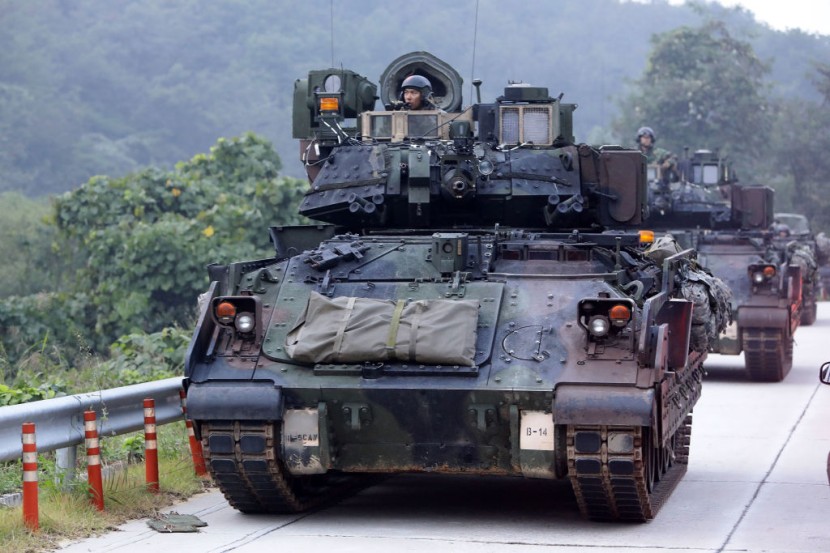
The US Army has chosen American Rheinmetall-led Team Lynx to advance to the third and fourth phases of its five-phase Optionally Manned Fighting Vehicle (OMFV) program, which would soon replace the M2 Bradley infantry fighting vehicle (IFV).
Team Lynx would go head-to-head with General Dynamics in winning the potential $45 billion contract to replace the four-decade-old workhorse, some of which were sent to Ukraine in its war against Russia.
Previously, the two competitors were joined by BAE Systems, Oshkosh Defense, and Point Blank Enterprises, but they were either eliminated or have withdrawn from the program.
What Happens in Phases 3 and 4?
The two teams left in the program would submit a detailed design of their vehicles in phase three, which the Army has redesignated as the XM30 Mechanized Infantry Combat Vehicle (MICV)
Unlike the Bradley's turret, which needed to be manned in order to operate, the XM30 would have the option of controlling the turret system remotely to ensure crew safety. Both entries should also design the vehicle to be tracked and have a hybrid-electric drive. It should also be capable of housing a 50mm autocannon, or a 30mm autocannon with the ability to upgrade to the 50mm caliber.
The Army also demanded the vehicle to have a reduced crew size of two (commander and driver) with space to carry six infantrymen. Team Lynx, a joint venture between American Rheinmetall, Textron Systems, Raytheon Technologies, L3Harris Technologies, Allison Transmission, and Anduril Industries, said their vehicle would have a virtual third AI-powered crew member who would act as gunner and loader. Meanwhile, General Dynamics said it would offer the Griffin III technology demonstrator based on the Ajax scout vehicle chassis.
The contract's total cost exceeds $700 million, according to The Defense Post.
In the fourth phase, both teams would build seven to 11 prototypes of the XM30 vehicle to evaluate its performance. After this, the Army plans to down-select one of the vendors for low-rate initial production in the fifth and final phase near the end of 2027, with fielding expected to begin by 2029.








